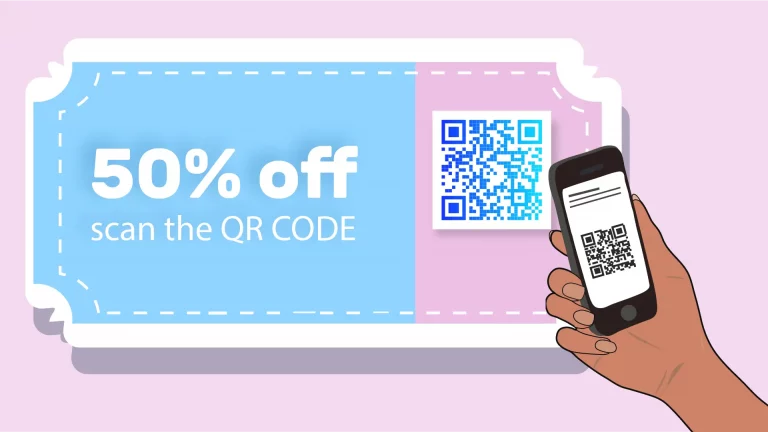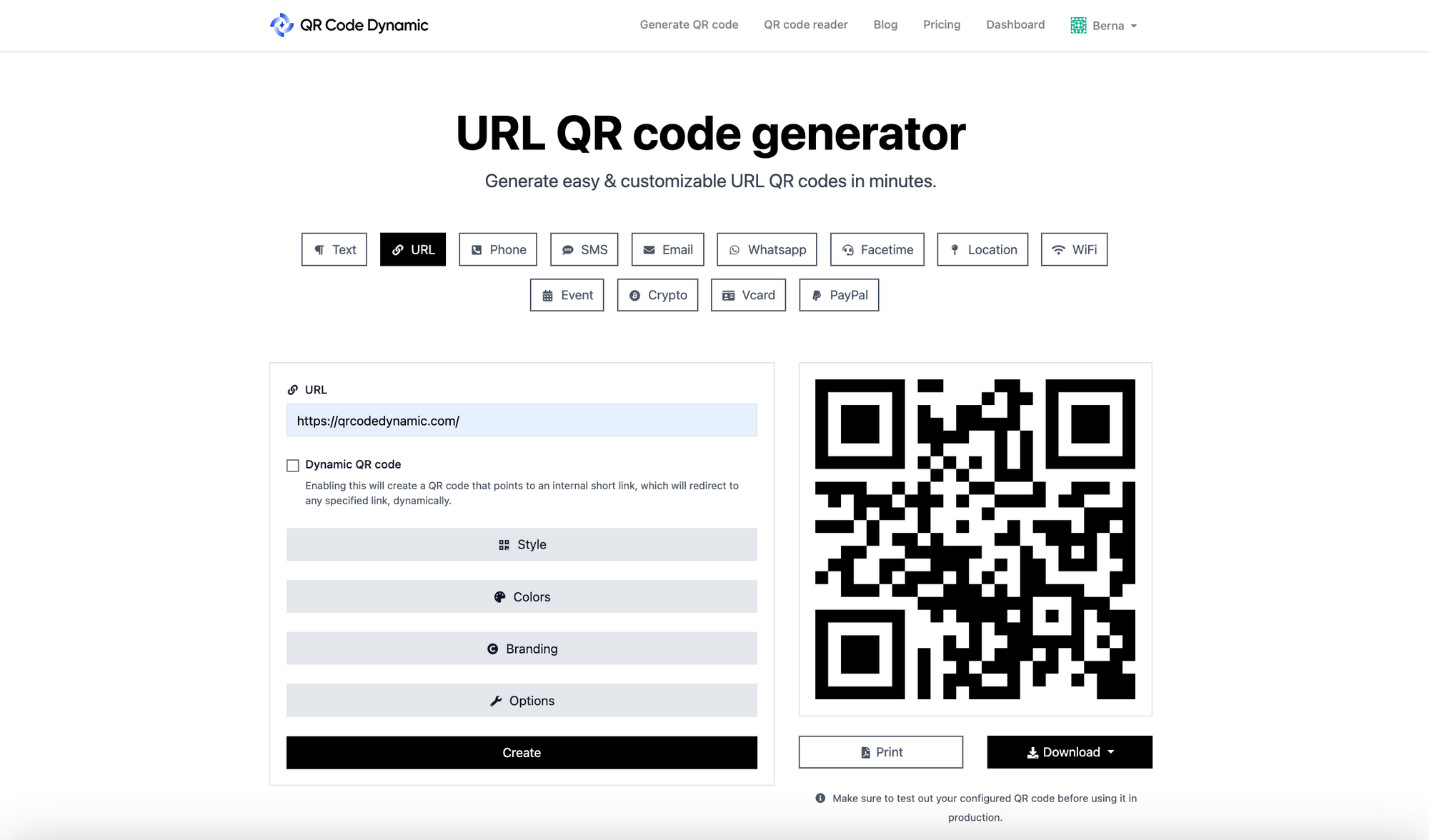Boost Client Retention With a Powerful Commitment System
In today's competitive marketplace, enhancing consumer retention is not just useful yet necessary for continual growth. A well-designed commitment system serves as a crucial device in this endeavor, promoting significant relationships in between services and their consumers. By understanding the essential parts of efficient commitment programs, organizations can customize their techniques to meet varied customer demands. Loyalty System. The subtleties of application and the dimension of success can be complicated. What details elements can really change a common loyalty effort into a solid competitive advantage? Checking out these inquiries may reveal vital understandings for your company.
Value of Consumer Retention
Client retention is a foundation of sustainable company success. It mirrors the ability of a business to keep its clients pleased and involved with time, causing duplicate acquisitions and long-term success. Preserving existing customers is often extra cost-effective than obtaining brand-new ones, as it minimizes marketing expenditures and promotes a devoted consumer base that advocates for the brand.

Furthermore, high consumer retention rates can boost a business's reputation on the market, bring in brand-new clients via favorable word-of-mouth and recommendations. Services that focus on consumer retention are likewise better placed to gather useful responses, enabling them to improve their offerings and address prospective concerns proactively. Ultimately, effective client retention approaches produce a solid structure for growth, permitting businesses to flourish in a progressively competitive landscape.
Key Components of Commitment Programs
A properly designed loyalty program acts as an effective tool for boosting customer retention by supplying motivations that encourage repeat business. To accomplish this, a number of key components must be included right into the program.
First, a clear framework for incentives is vital. Consumers ought to quickly recognize how to earn incentives or factors, which can be based upon purchase regularity, investing levels, or details actions like referrals. This openness cultivates count on and encourages involvement.
Second, personalization plays a vital duty. Customizing incentives and communication to individual choices boosts client complete satisfaction and strengthens partnerships. By leveraging data analytics, businesses can offer targeted promos that reverberate with consumers' passions.
Third, convenience of use is important. A smooth sign-up procedure and an user-friendly interface for tracking rewards can significantly boost consumer experience. They might disengage. if customers find it difficult to browse the program.
Lastly, regular interaction and updates regarding the program keep it top-of-mind for clients. Notifying them of brand-new rewards, exclusive deals, or program modifications assists preserve rate of interest and involvement.
Incorporating these elements effectively can lead to a more effective loyalty program that substantially enhances client retention.
Sorts Of Commitment Equipments
Checking out numerous sorts of loyalty systems exposes unique methods that companies can take on to have a peek at this website promote client retention. One usual type is the points-based system, where clients earn factors for every acquisition, which can later be redeemed for rewards. This straightforward technique incentivizes repeat purchases and keeps consumers involved.

Cashback loyalty programs, where clients obtain a portion of their acquisitions back as cash or store credit, are additionally prominent. This design straight awards spending, developing an instant reward for consumers to return.
In addition, subscription-based commitment systems give consumers with special benefits in exchange for a persisting fee. This approach not just ensures a consistent income stream but likewise cultivates long-term partnerships with consumers who value continuous benefits.
Last but not least, experiential commitment programs focus on supplying special experiences, such as special occasions or customized services, enhancing psychological links and brand name commitment. Each sort of commitment system supplies special advantages, permitting organizations to align their strategies with client choices.
Best Practices for Execution
When carrying out a commitment system, companies ought to focus on recognizing their customer base to tailor the program efficiently. Carrying out thorough research to determine consumer motivations, actions, and choices is important. This insight will certainly direct the design of the loyalty program, ensuring it resonates with the target market.
Choosing a design that lines up with customer expectations can enhance involvement. Furthermore, simpleness straight from the source is important; consumers ought to quickly understand how to make and retrieve incentives.
Combination with existing systems is another ideal practice. The loyalty program should perfectly link with point-of-sale systems, mobile applications, and client connection administration (CRM) devices to offer a cohesive experience. In addition, reliable interaction is important. Organizations ought to frequently promote the commitment program with different networks, ensuring consumers recognize the advantages.
Lastly, collecting ongoing feedback is essential for continuous renovation. Obtain customer input to refine the program and adapt to transforming preferences, ultimately promoting long-term loyalty and improving customer complete satisfaction.
Measuring Loyalty Program Success
Successfully executing a commitment program prepares for gauging its performance. To gauge success, companies must develop clear metrics that straighten with their purposes. Trick efficiency signs (KPIs), such as customer retention prices, typical deal value, and frequency of repeat acquisitions, give useful insights into program efficiency.
One more essential step is the redemption rate, which suggests just how usually consumers utilize their benefits. A high redemption price commonly mirrors a program's good looks and significance to customers. In addition, tracking client involvement with involvement in special promotions or occasions can disclose fads in commitment habits.
Consumer feedback is also crucial; studies and focus groups can illuminate perceptions of the loyalty program, highlighting areas for improvement. Assessing customer life time value (CLV) can help evaluate the financial effect of commitment campaigns.
Applying these measurement strategies permits organizations to analyze the program's efficiency constantly. This data-driven approach allows educated choices for enhancing offerings, enhancing client experiences, and eventually cultivating deeper customer commitment. By routinely evaluating these metrics, companies can ensure their loyalty programs evolve in tandem with customer assumptions and market characteristics.

Conclusion
Finally, a well-structured commitment program significantly boosts customer retention by fostering solid connections with individualized benefits and efficient communication. Executing finest techniques guarantees that the program continues to be straightforward and relevant, while continuous feedback helps with ongoing improvements. Ultimately, an effective loyalty system not just increases consumer complete satisfaction but also drives repeat purchases, establishing a dedicated client base that is important for long-term organization success and sustained success.
Retaining existing clients is commonly more cost-effective than getting brand-new ones, as it decreases marketing costs my latest blog post and promotes a devoted consumer base that supports for the brand.
In addition, high customer retention prices can boost a firm's credibility in the market, attracting brand-new customers with positive word-of-mouth and recommendations.When applying a commitment system, organizations ought to focus on understanding their customer base to customize the program successfully. Organizations need to consistently promote the loyalty program through different networks, ensuring clients are mindful of the advantages.
Ultimately, an effective loyalty system not only boosts client contentment but likewise drives repeat purchases, establishing a devoted customer base that is important for long-lasting organization success and maintained profitability.
Comments on “Just How a Loyalty System Can Boost Consumer Retention and Service Development”